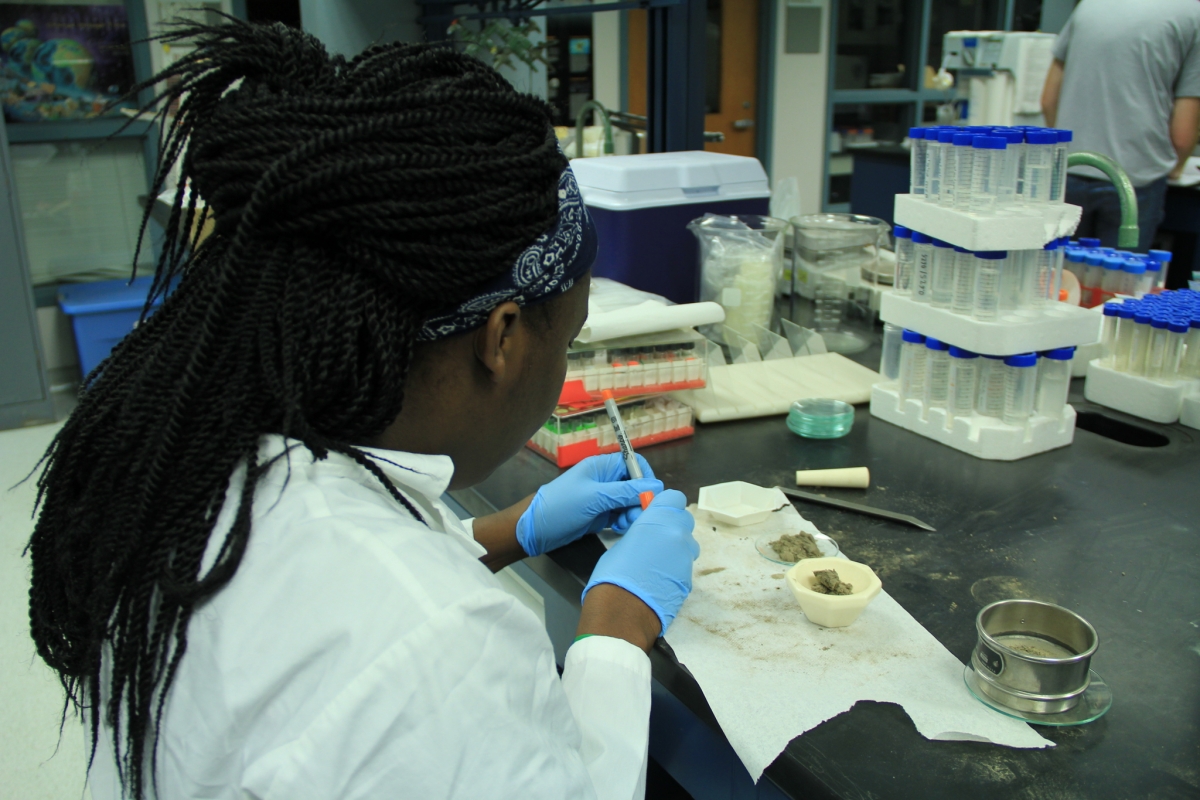Written By: Cindy Fox
INDIANAPOLIS -- Dust is almost everywhere. It's certainly annoying, but is it harmful?
Now, U.S. and Canadian households can easily determine whether the dust in their homes is harboring dangerous contaminants such as lead or chromium by sending what they collect when vacuuming to the Center for Urban Health at IUPUI for free analysis as part of the global 360 Dust Analysis project.
"We spend a lot of time indoors, but we don't know what we are being exposed to -- contaminants can't be seen or smelled." said Gabriel Filippelli, founding director of the Center for Urban Health and professor of earth sciences in the School of Science at IUPUI. "It's important to our health, and especially the health of children, to see if there are things in the indoor environment that are of concern."
Dust can be tracked inside by shoes or pets; it can be blown in from outside or generated by home repairs. Dust may come from deteriorating old paint, insulation or other indoor materials.
 External sources of contaminated dust may not be obvious. For example, soil containing lead from the use of long-banned leaded gasoline can still be found close to roadways and streets lined by homes decades after the fuel ceased to be used. Without analysis, there is no way to know if exposure levels in daily life should be cause for concern.
External sources of contaminated dust may not be obvious. For example, soil containing lead from the use of long-banned leaded gasoline can still be found close to roadways and streets lined by homes decades after the fuel ceased to be used. Without analysis, there is no way to know if exposure levels in daily life should be cause for concern.
The IUPUI 360 Dust Analysis project will initially focus on lead and chromium because of their known negative effects on health, but the study will also look for other contaminants including arsenic, copper and zinc.
Filippelli and his team of IUPUI students will conduct an analysis of each sample and email a report to the individual who submitted the dust sample. Participants will be sent detailed information about their dust and helpful suggestions on ways to mitigate any health risk associated with the contaminants found in their home.